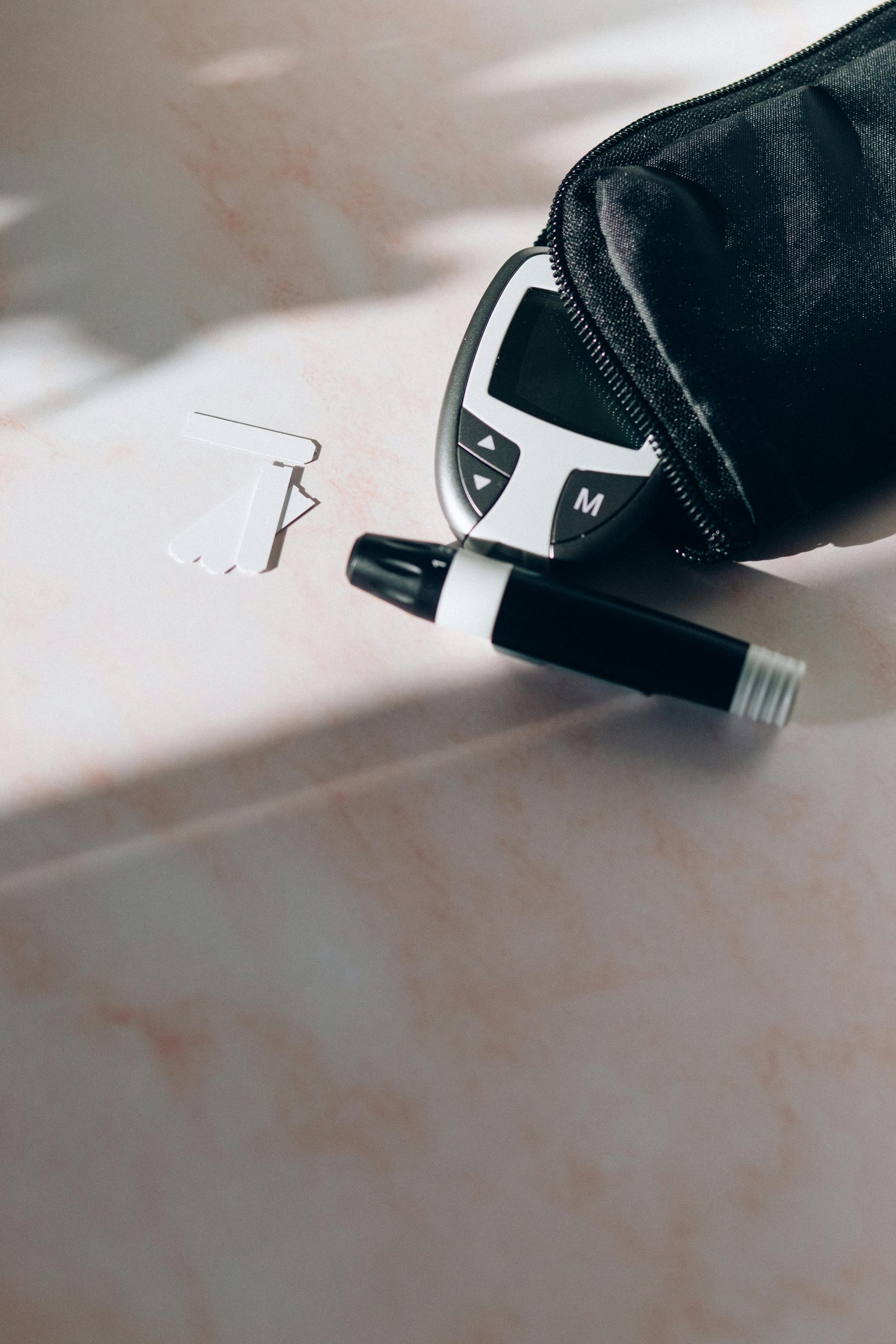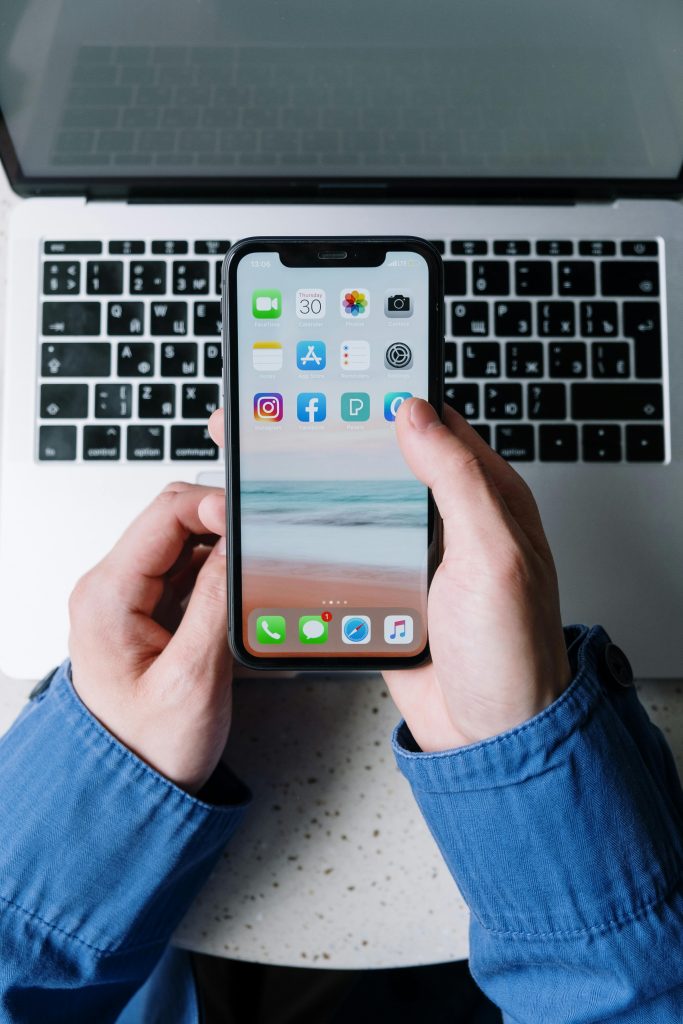Troubleshooting Random Monitor Blackouts Under High Stress Conditions
Experiencing intermittent black screens on your monitor can be frustrating, especially when the issue occurs unpredictably and under specific workload pressures. If your display intermittently goes black for 2 to 3 seconds during demanding tasks such as gaming or intensive editing, and previous troubleshooting steps haven’t resolved the problem, it’s time to take a systematic look at potential causes and solutions.
Symptom Overview
- Infrequent blackouts during various activities
- More frequent outages when running resource-intensive applications (e.g., unoptimized games, complex Adobe Photoshop projects, or chaotic simulations in Universe Sandbox)
- Complete system shutdowns without error messages, sometimes occurring during heavy GPU load
- Pattern: Increased stress correlates with higher blackout frequency
System Specifications
- Graphics Card: AMD RX 6750 XT (16GB VRAM)
- Memory: 16GB DDR4 (dual channel)
- Processor: AMD Ryzen 5 5600X
- Operating System: Windows 11
Troubleshooting Steps Already Attempted
- Swapping video cables to rule out physical connection issues
- Updating or rolling back GPU drivers
- Adjusting display and system settings
- Conducting power supply unit (PSU) tests
Despite these efforts, the problem persists, indicating it may stem from a deeper system or hardware issue. Here are additional avenues to explore.
Potential Causes and Further Investigation
1. GPU Stability and Hardware Checks
- Overheating: Monitor your GPU temperatures during load to ensure cooling is sufficient.
- Power Delivery: Ensure your PSU provides stable and adequate power for the RX 6750 XT, especially under load.
- Physical Inspection: Check for any signs of GPU hardware issues or loose connections.
2. Driver and System Software
- Use whitelisted driver versions recommended for your GPU model.
- Consider performing a clean reinstallation of the GPU drivers using tools like DDU (Display Driver Uninstaller) to remove remnants of previous driver versions.
- Keep your Windows 11 installation up-to-date, including optional updates that might address hardware compatibility.
3. Monitor and Display Settings
- Test with an alternative monitor or display to rule out a fault with the current monitor.
- Adjust refresh rates and resolution settings to see if stability improves.
- Disable any overclocking on GPU or monitor, reverting to
Share this content:



